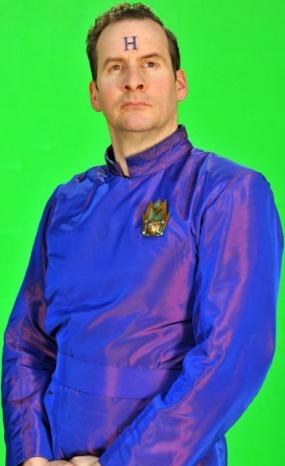Now i have seen some pretty impressive holografic technology amongst others in this Gorillazs concert
http://www.youtube.com/watch?v=G-AhYnjKEzs
Now while i may not be the biggest fan of Yu-Gi-Oh i do like the way they play the game in the anime whit portable holographic projectors that you can carry around your wrist.
So my question is how far along is Holographic technology and when can we might start thinking of such a technology becoming something the average John and Jane Do can afford?
http://www.youtube.com/watch?v=G-AhYnjKEzs
Now while i may not be the biggest fan of Yu-Gi-Oh i do like the way they play the game in the anime whit portable holographic projectors that you can carry around your wrist.
So my question is how far along is Holographic technology and when can we might start thinking of such a technology becoming something the average John and Jane Do can afford?

